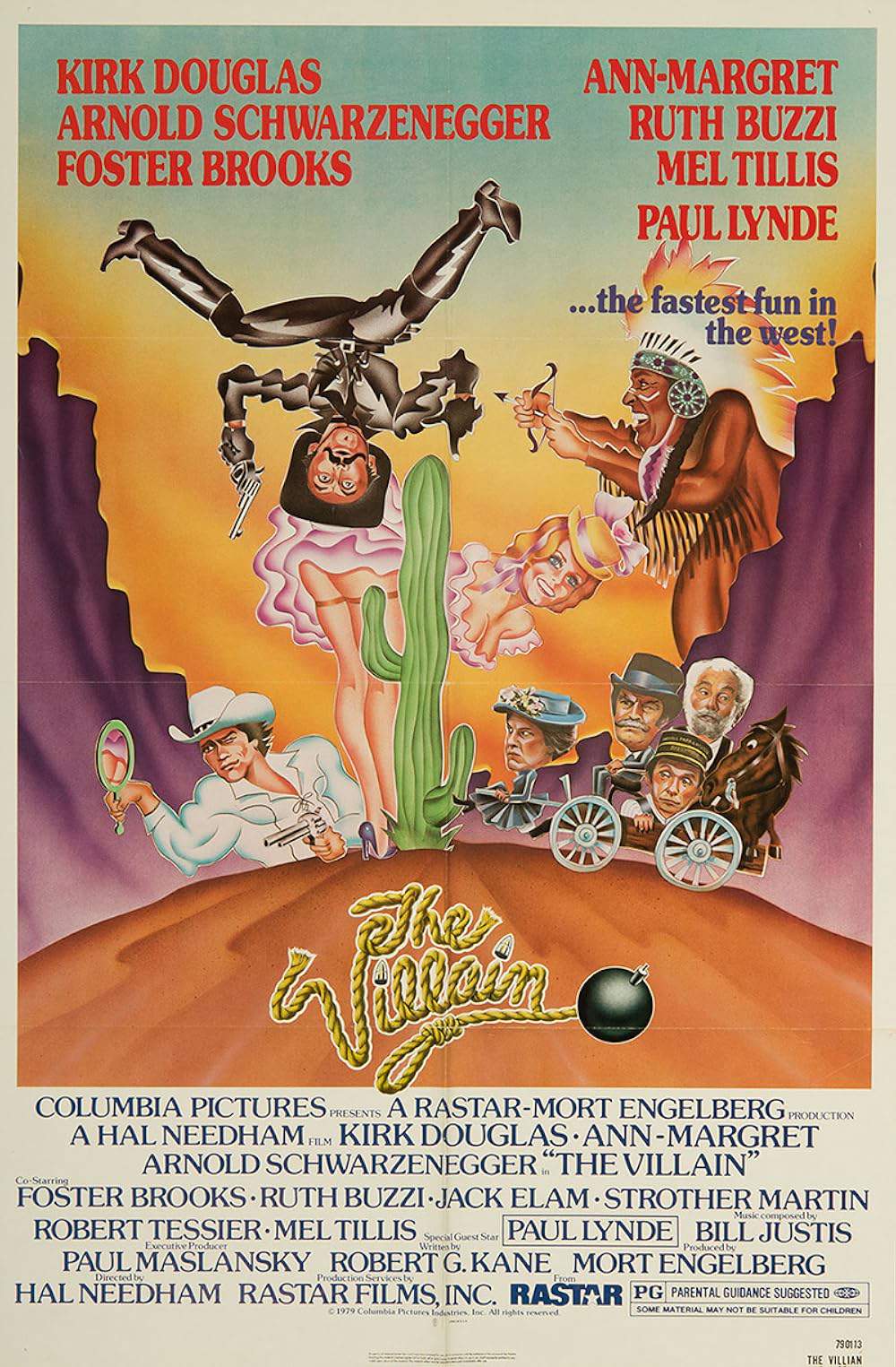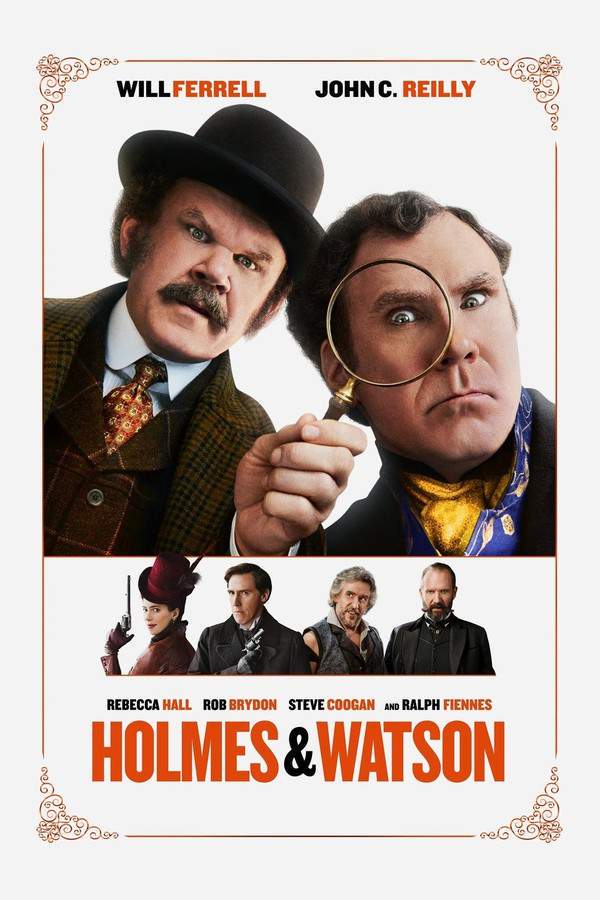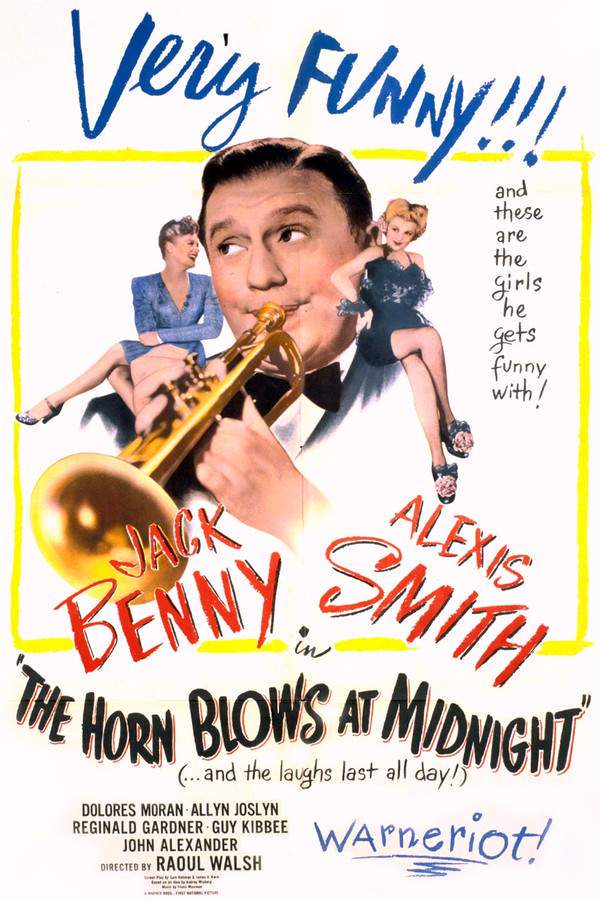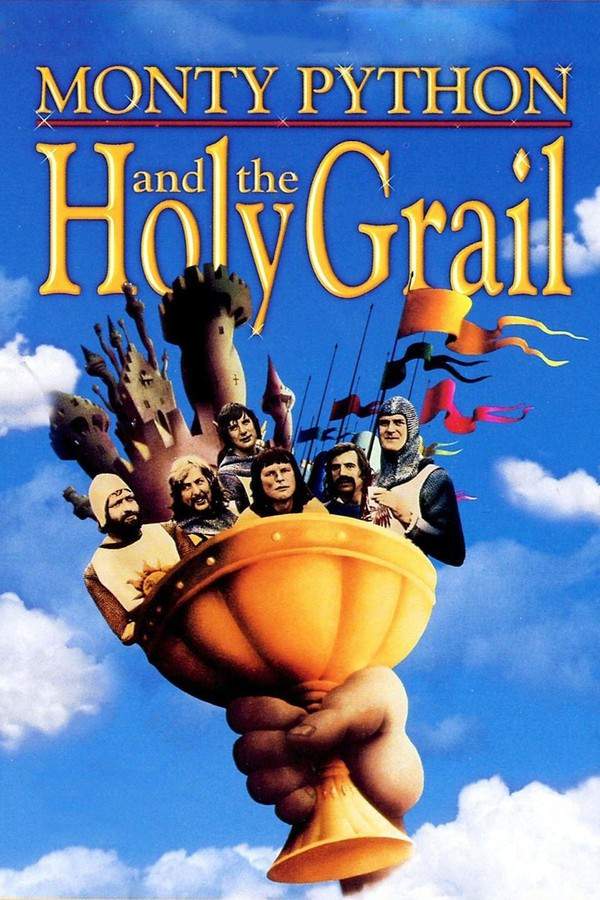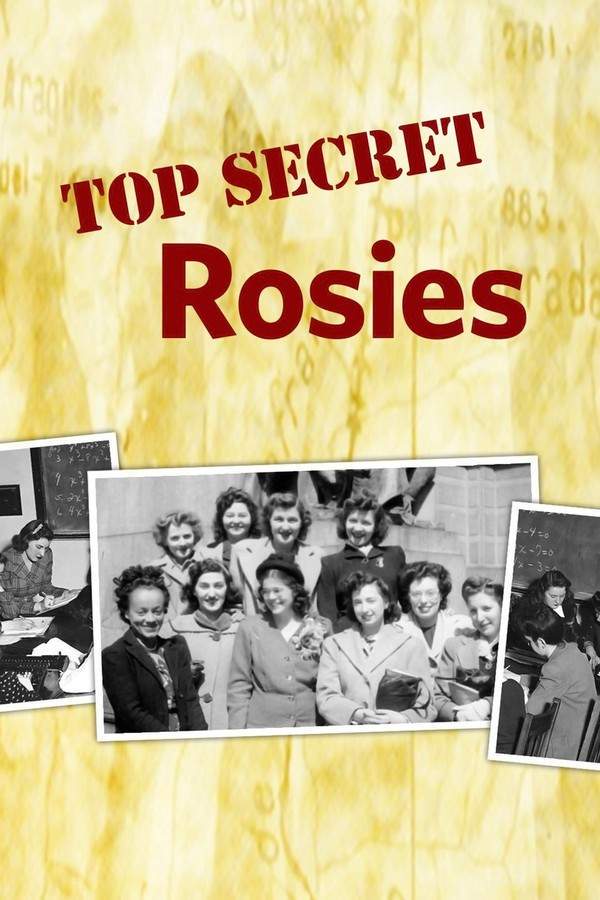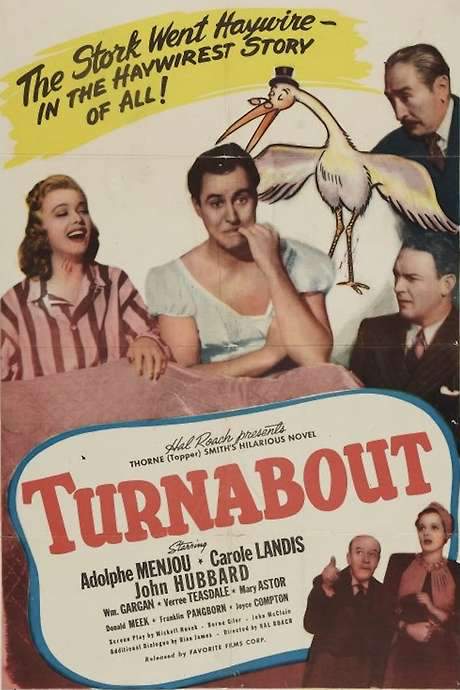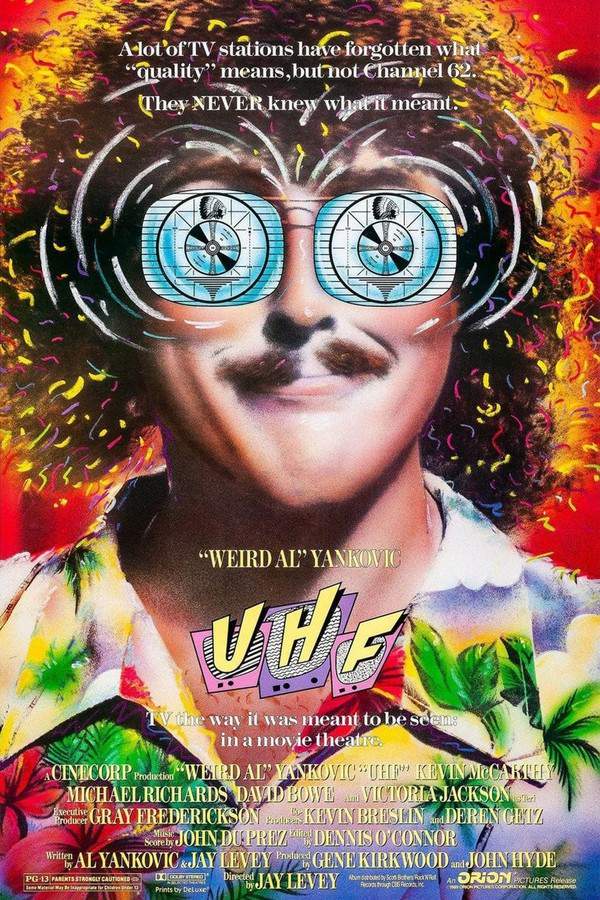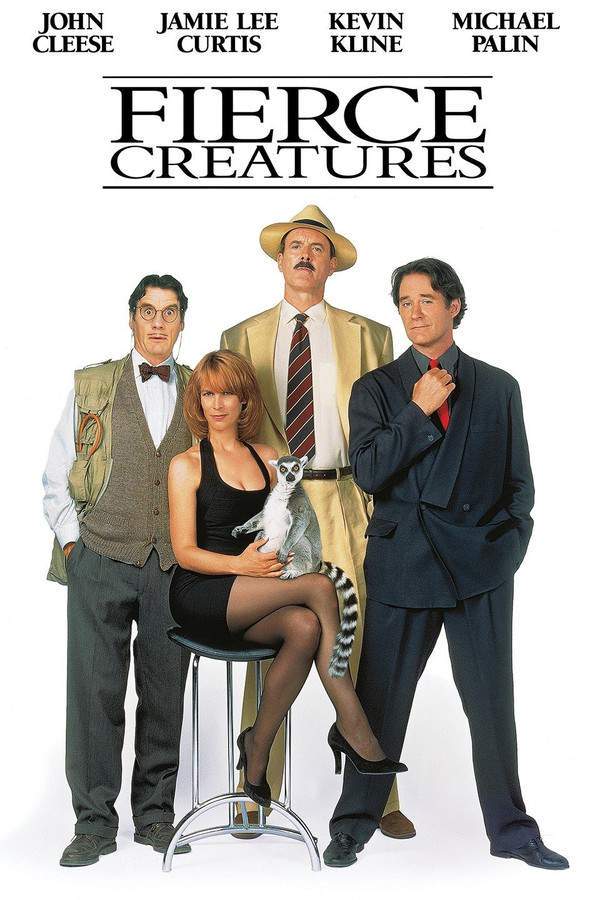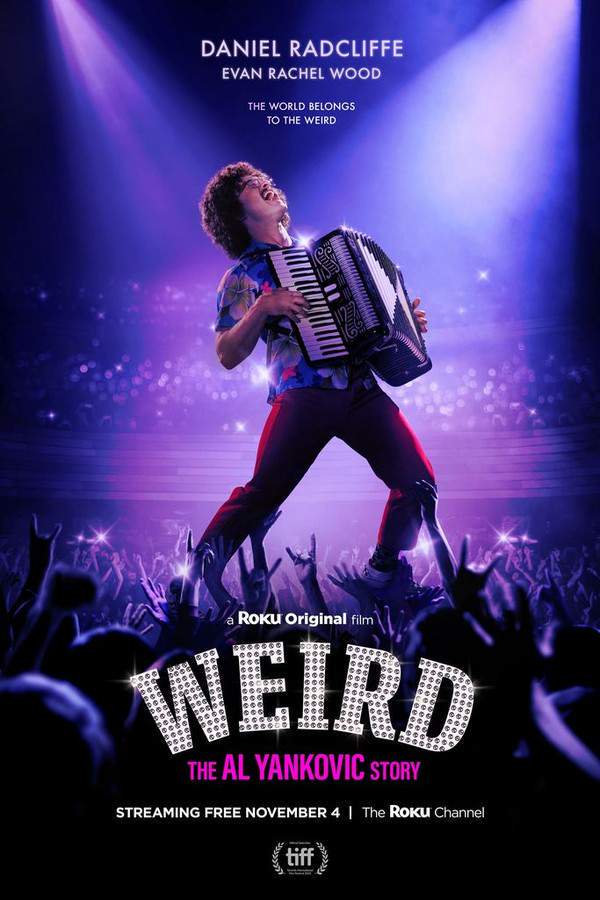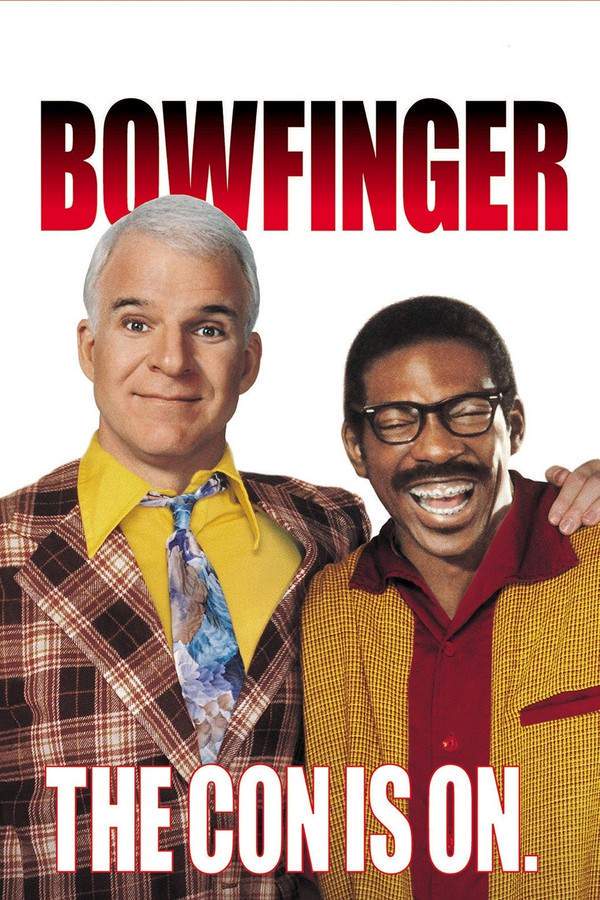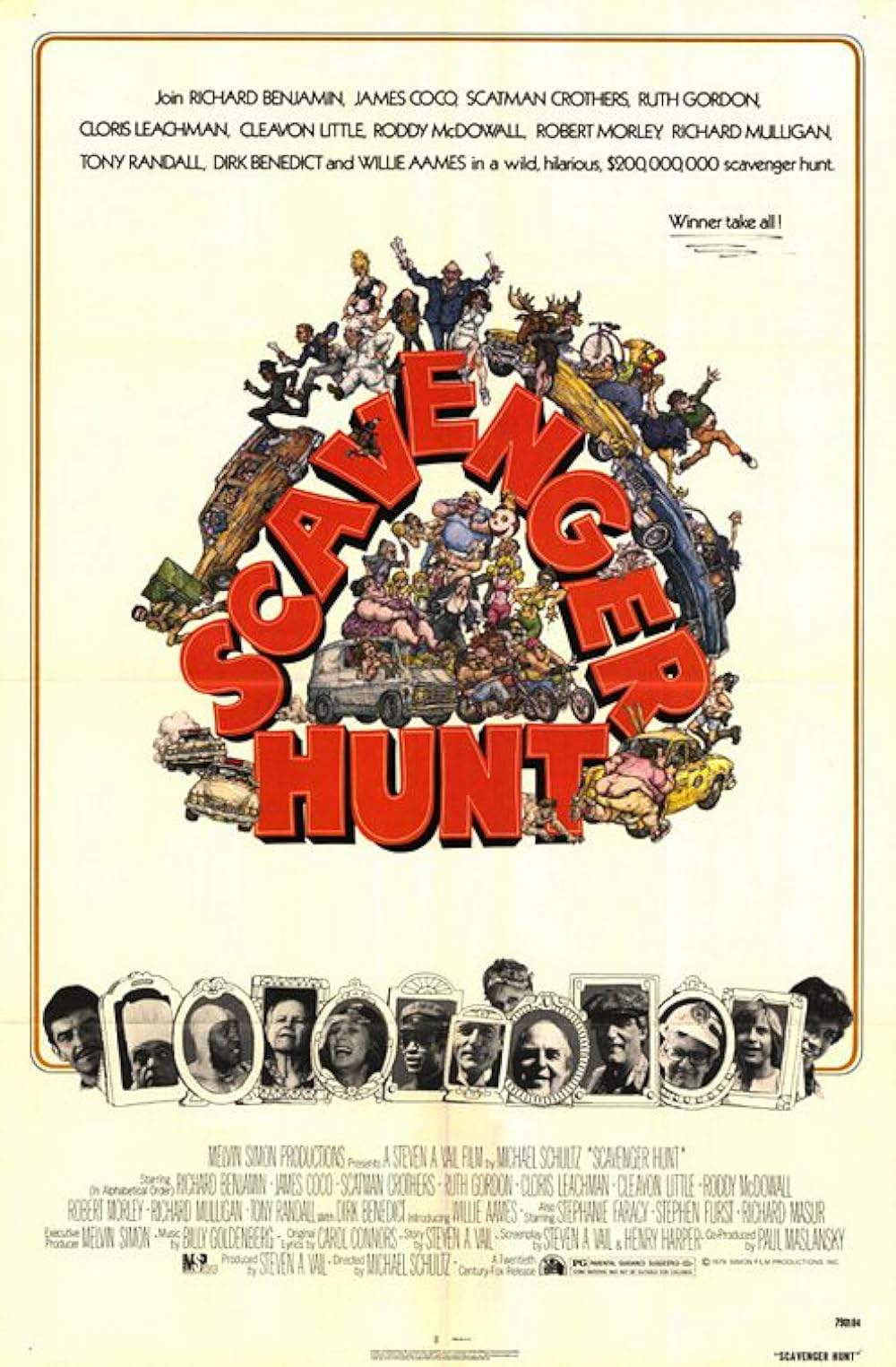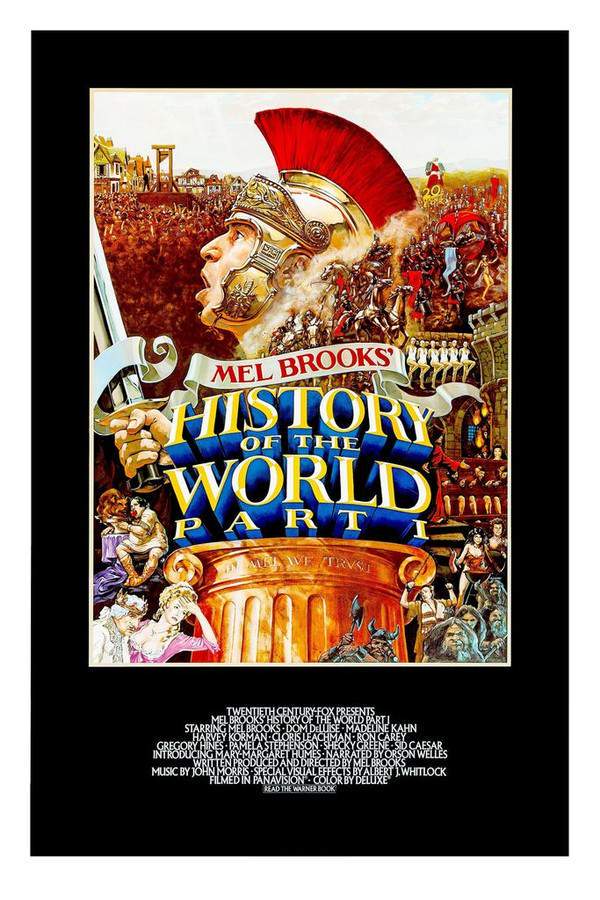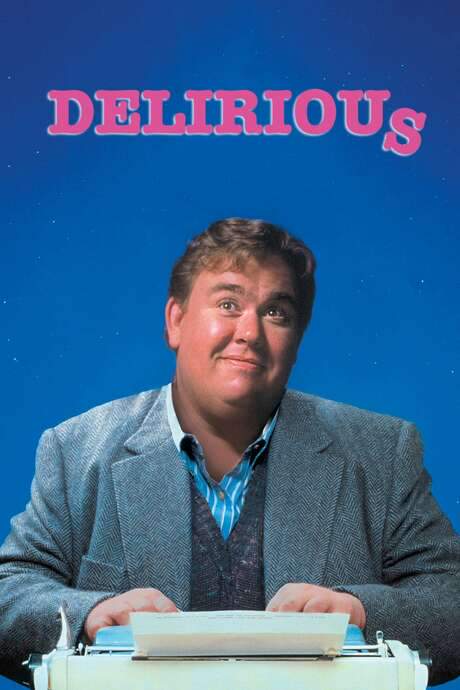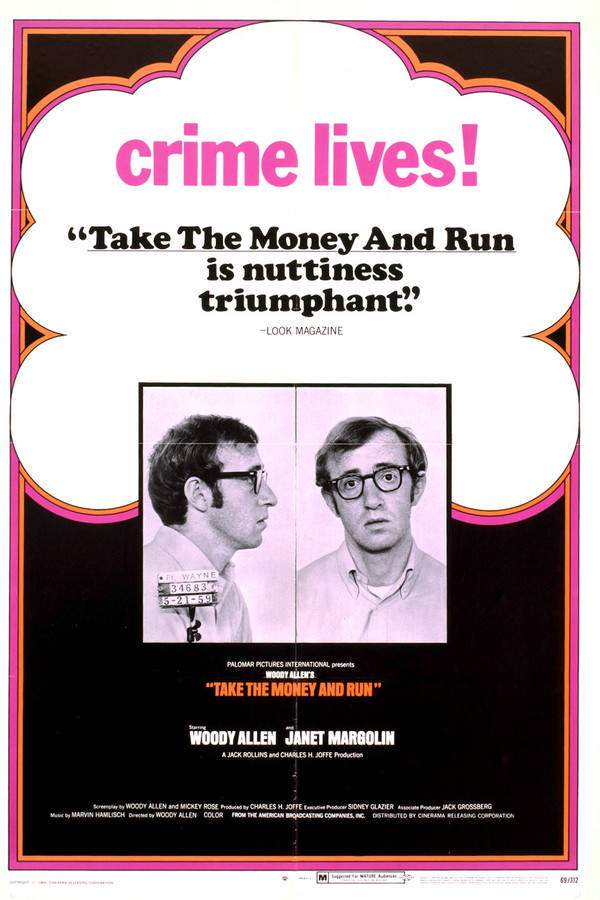
Take the Money and Run
Year: 1970
Runtime: 85 min
Language: English
This comedy follows Virgil Starkwell, a hopelessly inept bank robber portrayed by Woody Allen, as he attempts to become a notorious criminal. The film unfolds as a series of comical mishaps seen through the perspectives of those around him, including his patient wife, Louise. His misguided plans and awkward execution lead to increasingly absurd situations, making for a laugh-out-loud experience.
Take the Money and Run (1970) – Spoiler-Free Movie Summary & Plot Overview
Get a spoiler-free look at Take the Money and Run (1970) with a clear plot overview that covers the setting, main characters, and story premise—without revealing key twists or the ending. Perfect for deciding if this film is your next watch.
In a whimsically fashioned world that feels part documentary, part faux‑historical archive, a shy, book‑smart underachiever dreams of fame through criminal notoriety. Virgil Starkwell drifts through his small town with the earnestness of a man who has read every self‑help book on how to be bold, yet constantly trips over his own nervous habits. The film’s lens captures him through the eyes of those who love and observe him—parents who hide behind Groucho glasses, teachers who try to steer him toward honesty, and a surprisingly patient partner who seems to accept his missteps with gentle humor.
The tone is unmistakably Allenian: dry, self‑deprecating wit collides with slapstick situations, all presented as if a serious documentary crew were trying to make sense of a life that teeters between earnest ambition and absurd failure. The narrative is stitched together with talking‑head interviews, grainy “archival” footage, and a chorus of bemused acquaintances, creating a playful parody of true‑crime storytelling. This stylistic choice keeps the audience perched between empathy and laughter, as each anecdote feels both a character study and a comedic set‑piece.
Louise, Virgil’s long‑suffering yet affectionate wife, anchors the story with a steady presence that balances his frantic aspirations. Their relationship is portrayed as a gentle counterpoint to his clumsy attempts at grandeur, offering moments of quiet warmth amid the surrounding chaos. Together, they navigate a world where everyday encounters seem to amplify Virgil’s quirks, and where the line between sincere ambition and comic disaster is perpetually blurred.
At its core, the film invites viewers into a delightfully off‑beat portrait of a man whose greatest crime is perhaps simply trying too hard. Through a blend of mock seriousness and heartfelt observation, it sets up a comedic journey that promises both laughter and a surprisingly tender look at the lengths one will go to be noticed.
Last Updated: August 10, 2025 at 14:18
Explore Movie Threads
Discover curated groups of movies connected by mood, themes, and story style. Browse collections built around emotion, atmosphere, and narrative focus to easily find films that match what you feel like watching right now.
Movies with inept protagonists like Take the Money and Run
Stories where hopelessly clumsy characters fail upwards in hilarious fashion.If you liked the hilarious bumbling of Virgil Starkwell in 'Take the Money and Run', you'll enjoy these other movies featuring lovably inept antiheroes. These films find comedy in catastrophic failure, presenting stories of characters whose ambitions wildly outpace their abilities.
Narrative Summary
Stories in this thread typically follow a hapless protagonist with a goal, often involving crime or ambition, which they are spectacularly unqualified to achieve. The plot unfolds as a series of escalating comedic set pieces, each failure more ridiculous than the last, with little genuine consequence or danger.
Why These Movies?
Movies are grouped here for their shared focus on character-based physical and situational comedy derived from incompetence. They maintain a light, playful tone where the protagonist's flaws are the primary source of entertainment, creating a consistent vibe of harmless chaos.
Mockumentary comedies similar to Take the Money and Run
Whimsical parodies that use a documentary style for rapid-fire jokes.Fans of the fake documentary style and satirical humor of 'Take the Money and Run' will find more to love here. These movies parody a genre or institution through a series of rapid-fire, humorous interviews and reenactments, creating a unique blend of structure and silliness.
Narrative Summary
The narrative is driven by the mockumentary framing device, which allows for a non-linear, anecdotal structure. Characters directly address the camera, and the story is often pieced together through testimonials and comedic reenactments, prioritizing joke density over a tightly woven plot.
Why These Movies?
These films are grouped by their shared formal approach—the mockumentary style—which directly influences their tone, humor, and pacing. The faux-serious presentation contrasts with the absurd content, creating a specific comedic rhythm that feels cohesive across titles.
Unlock the Full Story of Take the Money and Run
Don't stop at just watching — explore Take the Money and Run in full detail. From the complete plot summary and scene-by-scene timeline to character breakdowns, thematic analysis, and a deep dive into the ending — every page helps you truly understand what Take the Money and Run is all about. Plus, discover what's next after the movie.
Take the Money and Run Summary
Read a complete plot summary of Take the Money and Run, including all key story points, character arcs, and turning points. This in-depth recap is ideal for understanding the narrative structure or reviewing what happened in the movie.

Take the Money and Run Timeline
Track the full timeline of Take the Money and Run with every major event arranged chronologically. Perfect for decoding non-linear storytelling, flashbacks, or parallel narratives with a clear scene-by-scene breakdown.

Characters, Settings & Themes in Take the Money and Run
Discover the characters, locations, and core themes that shape Take the Money and Run. Get insights into symbolic elements, setting significance, and deeper narrative meaning — ideal for thematic analysis and movie breakdowns.

More About Take the Money and Run
Visit What's After the Movie to explore more about Take the Money and Run: box office results, cast and crew info, production details, post-credit scenes, and external links — all in one place for movie fans and researchers.


